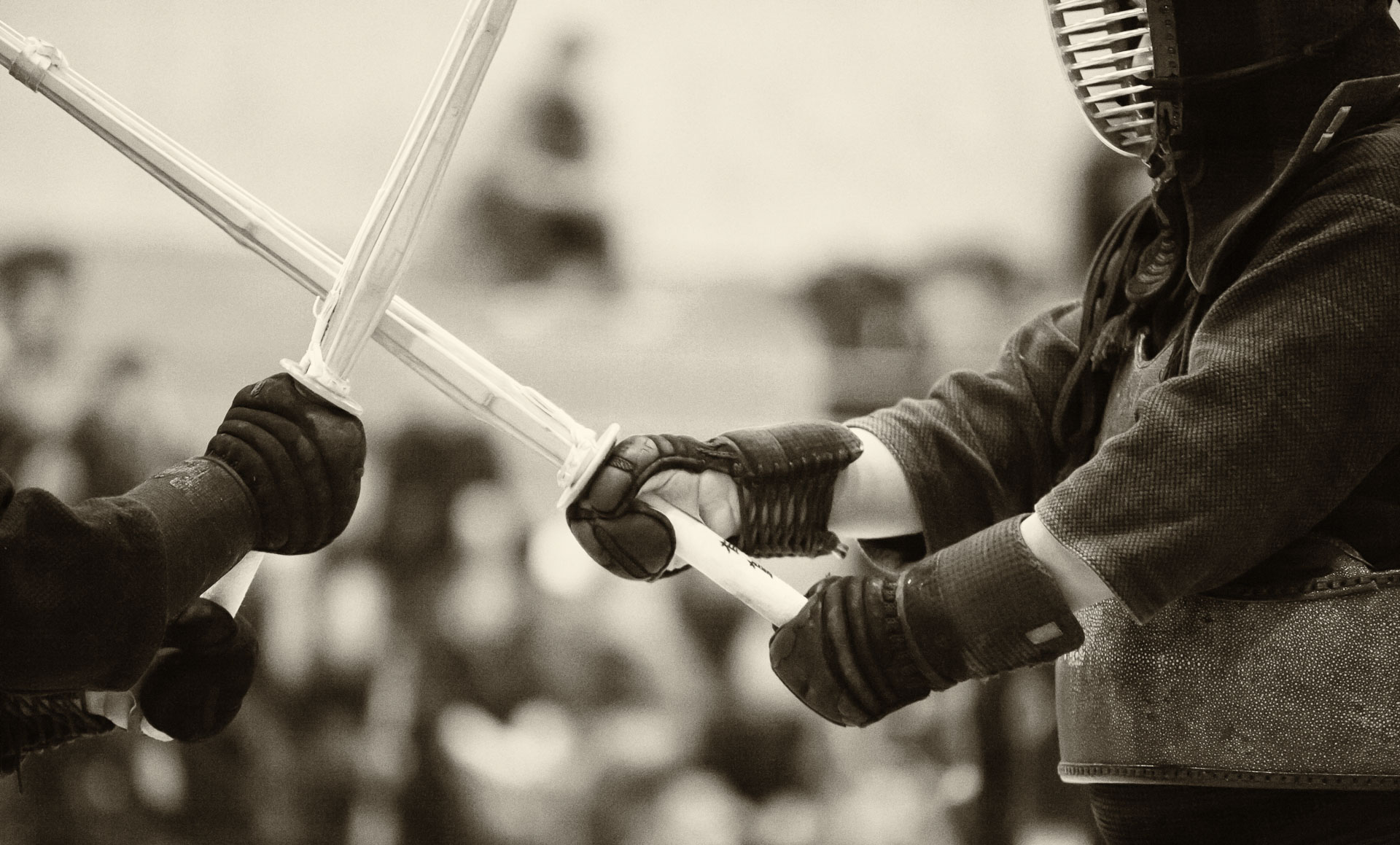
I’ve been working on the photos from the year-end show of my daughter’s dance school. Processing thousands of photos that were all taken within two days of each other can be really boring rather monotonous. But coming across images like this, which I forgot I took, every now and then is what makes me want to keep going. “Every now and then” is the key point.
Something similar happens in golf, when I mostly play very poorly rather unremarkably but sometimes get to the green in one stroke. It doesn’t happen often at all, and that’s what makes me want to keep playing.
In dog training, this is called intermittent reinforcement. When a puppy has learned a trick or a command, he is no longer getting a cookie every time, but only once in a while, at random intervals. This makes him want to work and makes the learned skill more reliable.
Similarly, when I manage to capture a cool image, that’s an automatic “Good boy!” signal to me as a photographer. Hopefully, this motivation translates to more practice and, eventually, to some kind of qualitative change.

















